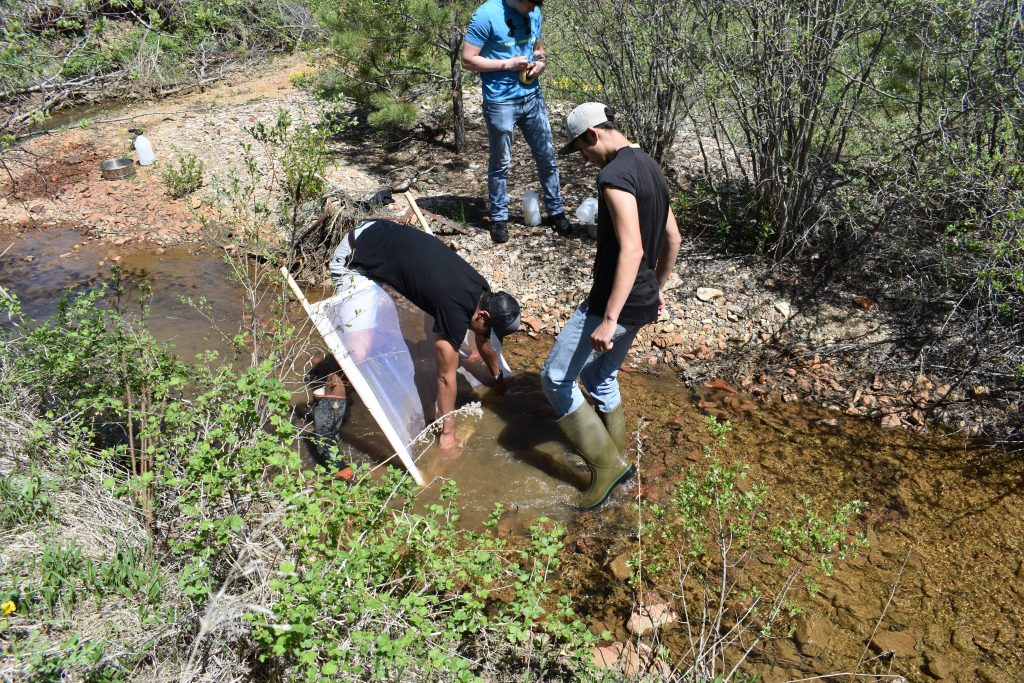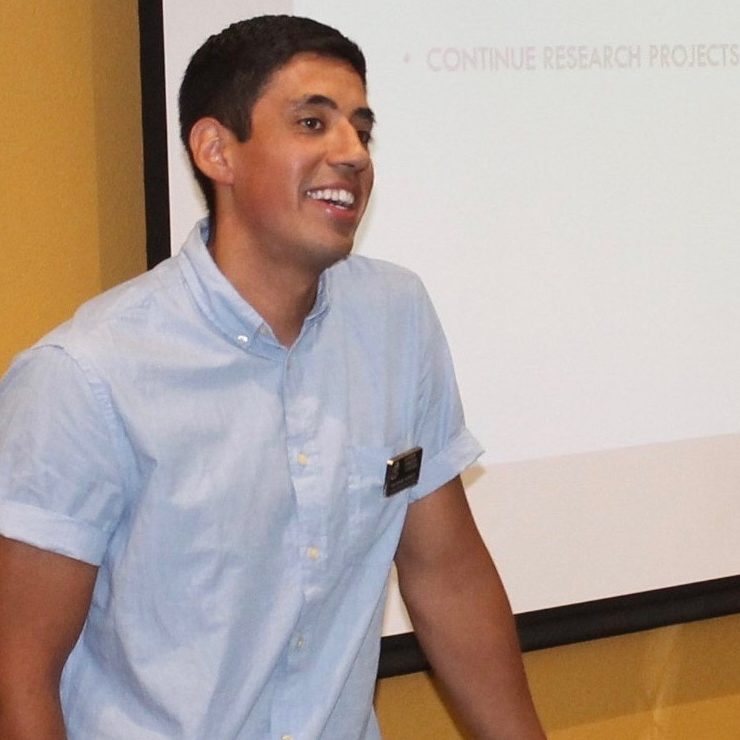Aaniiih Nakoda College’s Water Center was highlighted at the California State University’s 12th Annual Water Resources and Policy Initiatives Conference. Leaders from both institutions are looking to forge a partnership.
By Paul Boyer

The American West has little water to spare and, according to climate change models, there will be even less in years to come. Meanwhile, contamination from mining, agricultural runoff, and other sources of pollution compromises water quality for many residents, especially those living outside wealthy and urban regions.
In this context of limited and, often, inequitable access to clean water, researchers at Aaniiih Nakoda College in Montana and the 23-campus California State University system are talking about forging a partnership that will strengthen the ability of both institutions to promote environmentally responsible water policy within their communities.
This was the vision presented by faculty and administrators participating in CSU’s 12th Annual Water Resources and Policy Initiatives Conference. The Water Resources and Policies Initiatives (WRPI) program was established by the California State University to develop “water management solutions through research, partnerships, education and training,” according to the program’s website. This year’s conference, held online April 15-16, highlighted the university’s work with Native communities.
CSU Chancellor Joseph Castro, in opening remarks, noted that California is heading into another low water year and argued that existing water policies are not sustainable. To address inequities, he said the university, through the WRPI program, is holding listening sessions with Native communities and conducting needs assessments in collaboration with these communities. This approach reflects a “bottom up” approach to water policy, in contrast to the “top down” model that, historically, prioritized urban and large agricultural interests.
While primarily focused on water issues within the state of California, Chancellor Castro initiated discussions with American Indian Higher Education Consortium Executive Director Carrie Billy prior to the pandemic, and expressed interest in collaborating with tribally controlled colleges.
From these conversations, university leaders learned about the Nicʔ-Mní (Water) Center at Aaniiih Nakoda College, located on the Fort Belknap Reservation in Montana. Established in 2018 and supported by a $3.5 million National Science Foundation grant, the Nicʔ-Mní Center studies the reservation’s water needs, monitors the health of local waterways, and investigates ways to minimize water use in agriculture.
WRPI Program Director Boykin Witherspoon subsequently contacted administrators at the tribal college. “There seemed to be some overlap, areas of possible collaboration,” recalled Scott Friskics, Aaniiih Nakoda College’s director of sponsored programs. “So we agreed to keep talking.”
One outcome of these early conversations was Aaniiih Nakoda College’s participation in this year’s WRPI conference, where college President Sean Chandler and faculty members Randall Werk and Michael Kinsey discussed the mission of the Nicʔ-Mní Center and summarized the political and environmental issues that affect water policy on the Fort Belknap reservation.
Randall Werk noted that, for tribes, policy is largely shaped by treaties and subsequent court rulings that often weaken—but occasionally affirm—tribal sovereignty. He reminded viewers that the sovereign rights of tribes are constrained only by the rights they expressly gave up. He called this “an ace in the hole” for Native nations, providing more autonomy and power than many people realize.
However, many tribes lack the capacity to assert their rights or manage their own resources. In the late nineteenth century, for example, the Fort Belknap Reservation was coerced into selling part of their reservation after gold was discovered in the Little Rocky Mountains. The work of prospectors eventually consolidated into a massive open pit mine that is now closed but continues to contaminate streams flowing into the reservation. Current efforts by the Montana Department of Environmental Quality to contain run-off are only partially successful.
In this context, the college’s Nicʔ-Mní Center provides the expertise the tribe needs to conduct research relevant to the Fort Belknap Reservation, said Project Manager Michael Kinsey. Water Center projects including ongoing monitoring of groundwater and bioassessments of streams flowing out of the Little Rocky Mountains. A third project is testing crop yields using an underground irrigation system.

This kind of empowerment reflects the goals of WRPI, said Jim Fenelon, a CSU-San Bernardino faculty member, who discussed his work with Native communities in the Santa Ana River watershed of southern California. Focusing on community empowerment, the project sought to identify needs and solutions through listening sessions and engagement with community organizations.
Looking to the future, ANC’s Scott Friskics believes WRPI’s consultation model can be applied on the Fort Belknap Reservation. Additionally, he noted that CSU faculty affiliated with WRPI “have a lot of expertise…in irrigation and water management, and they’ve offered to talk with us and, more importantly, the Fort Belknap Indian Community Council about assessing the reservation’s irrigation and water distribution system, and making some recommendations.”
As a first step, however, Friskics expressed gratitude for the opportunity to share the college’s work. The conference, he said, “provided a wonderful opportunity for Aaniiih Nakoda College to share the story of Fort Belknap’s historical water issues and the current work of our Nicʔ-Mní Center with a new and diverse audience.”
“We look forward to continuing our partnership with the WRPI at CSU as we share ideas about water education, research, and management programs in our respective areas,” Friskics said.
Paul Boyer is editor of Native Science Report.
• • •
Enjoyed this story? Enter your email to receive notifications of new posts by email
